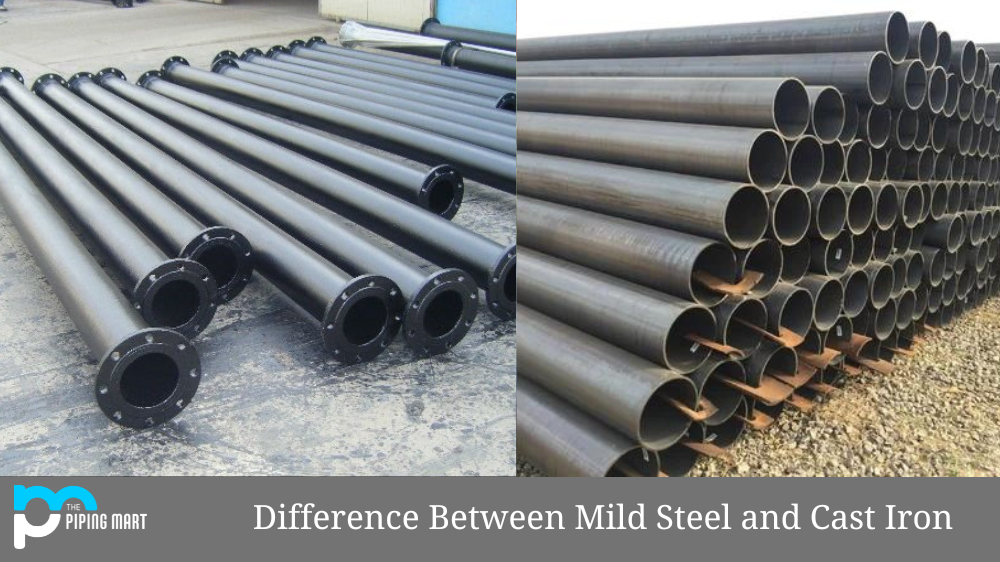Steel and iron are two of the most commonly used metals in construction and manufacturing. While both are strong, durable materials, they have different properties that make them suitable for other applications. In particular, mild steel and cast iron are two of the most popular types of steel used in various industries. Let’s take a look at what sets them apart from each other.
Mild Steel
Mild steel is carbon steel with low carbon content, making it relatively soft compared to other types of steel. It is also known as low-carbon or plain-carbon steel, as it contains a very small amount—less than 0.25 percent—of carbon. Because mild steel is so malleable, it is easy to shape into various products such as pipes, bars, plates, sheets, wires, and structural components. This makes it ideal for many construction projects and automotive applications, such as frames and chassis parts.
Cast Iron
Cast iron is made by melting pig iron and scrap metal, such as scrap steel, in a furnace and then pouring the molten liquid into molds, which cool and harden into its final shape. Unlike mild steel, cast iron contains more than 2 percent carbon which makes it harder but more brittle than mild steel due to its higher carbon content. Because of this increased hardness and brittleness, cast iron is often used in heavy-duty equipment such as industrial machinery or engines due to its ability to withstand wear and tear better than mild steel.
Difference between mild steel and cast iron
Composition
Mild steel is made of iron that contains 0.16 to 0.29 percent carbon. Cast iron, on the other hand, is made of iron that contains 2 percent carbon and other metals.
Strength
Mild steel is stronger than cast iron. It can be used for various purposes, including making pipes, automotive parts, and buildings. Cast iron, on the other hand, is less strong than mild steel and is mainly used for making cookware, such as skillets and Dutch ovens.
Cost
Mild steel is more expensive than cast iron because it is more robust and can be used for a broader range of applications.
Melting Point
Mild steel has a higher melting point than cast iron. This means that it can withstand higher temperatures before starting to melt.
Ductility
Mild steel is more ductile than cast iron, which can be shaped into thin sheets without breaking. Cast iron, on the other hand, is not as ductile and can only be shaped into thin sheets with breaking.
Machinability
Mild steel is easier to machine than cast iron because it is softer and more ductile. It can be cut, drilled, and machined more easily than cast iron.
Weldability
Mild steel can be welded more easily than cast iron because it has a lower carbon content. This means there is less risk of the welds cracking or becoming brittle over time.
Corrosion Resistance
Mild steel is less corrosion-resistant than cast iron because it contains more carbon. This means it will rust more easily if exposed to moisture or water.
Conclusion:
In conclusion, when choosing between mild steel and cast iron for your project or application, it’s essential to consider each material’s properties. Mild steel is softer than cast iron yet still provides plenty of strength while being easier to form into various shapes and sizes; this makes it great for use in construction or automotive applications where precise shapes are needed or desired. On the other hand, cast iron offers excellent durability due to its higher carbon content, making it ideal for heavy-duty equipment that needs to withstand wear over time without compromising strength or performance. Ultimately when deciding between these two materials, you must consider your specific needs before making your decision!

Abhishek is a seasoned blogger and industry expert, sharing his insights and knowledge on various topics. With his research, Abhishek offers valuable insights and tips for professionals and enthusiasts. Follow him for expert advice on the latest trends and developments in the metal industry.




